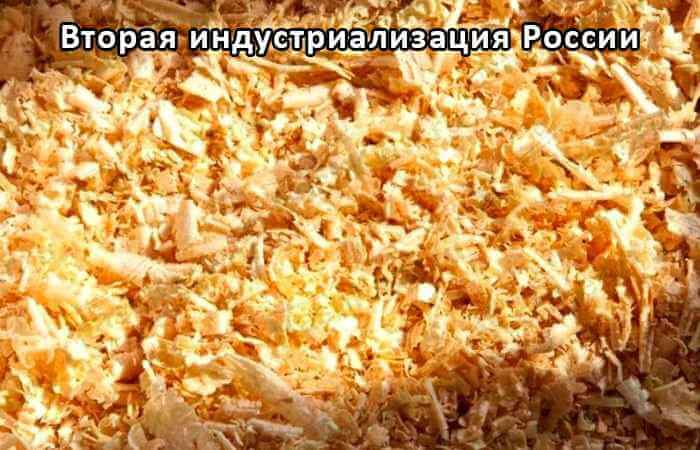Miscanthus, a new grade, which will replace cotton Chinese photo planting and care in the open ground description of the varieties of seeds zebrinus reviews growing shrively gracillimus hardiness

Miscanthus, a new grade, which will replace the cotton.
Russian genetics-breeders have managed to develop a strain of miscanthus that is adapted to the Russian climatic conditions, the plant has acquired a considerable amount of useful qualities: the high content of valuable component in the production of – pulp, the high amount of biomass (45% more than cotton or wood), low cost of processing, resistance to winter temperatures. Single planting of miscanthus provides harvest over the next thirty years.
The use of new varieties of miscanthus
Miscanthus:
Miscanthus (lat. Miscanthus) is a genus of perennial herbaceous plants of the family Gramineae (lat. Poaceae).
There are about 40 species of the genus Miscanthus. Species of the genus Miscanthus are common in tropical, subtropical and warm temperate zones of Asia, Africa and Australia.

Species of the genus miscanthus is a perennial, with a height of 80-200 cm there are species with a height up to 300 cm (Miscanthus giant – lat. Miscanthus Giganteus, Miscanthus Chinese, and Latin. Miscanthus sinensis). Plants of the genus Miscanthus represent the usually large, rather loose turf (close cluster of leaves and stems) from creeping rhizomes. Stems erect. Leaves leathery, scale-like. Leaf blade width 0.5-1.8 cm, linear or linear-lanceolate, very hard. Panicles more or less fan-shaped (long side branches and much shorter total awn), 10-30 cm Spikes with a length of 0,3-0,7 cm, with one well developed flower, surrounded by long silky hairs extending from their base and from the back of the spikelet scales. Glumes equal to spikelet, thin-coriaceous. The bottom floral scales are shorter, membranous, without awn or with an awn.
Unpretentious. Grow on different types of soils, both dry wet, except Sands and heavy clays. Grow bumps. Prefer warm, humid climate. Well in Sunny areas and in partial shade. Like moist soil. Tolerate short periods of drought.
Some species are well adapted to the conditions of Central Russia. But in the winter, need shelter from the cold.
Multiply podzimnih sowing seed and careful division of the Bush in the spring. Bloom in summer from June to July, some in August and September.
Typically, miscanthus is used as an ornamental plantin landscape design. It is planted along the banks of ponds, in the gardens. In autumn the foliage turns various shades of yellow, brown, Burgundy colors. Is also used to create floral arrangements.
A new cultivar of miscanthus:
Still miscanthus cultivated have not been met solely as a wild species. Russian genetics-breeders have managed to change it and thus adapt it to the Russian climatic conditions that the plant has acquired a considerable amount of useful qualities.

Bred a new cultivar of miscanthus is unique in its properties:
– it has a high content of valuable component manufacturing – pulp,
– high amount of biomass (45% more than cotton or wood),
– low cost processing
– resistant to winter temperatures.
Single planting of miscanthus provides harvest over the next thirty years.
The use of new varieties of miscanthus:
This plant (miscanthus) is a source of high quality cellulose – a substance that is part of the cells of all higher plants. Miscanthus is roughly comparable to a cotton content of cellulose, but to grow it much cheaper. A new variety of miscanthus is able to fully replace the cotton (the latter buying abroad, in the countries of Central Asia). The system of allocation of cellulose from miscanthus also established.
After microbiological processing, to use a new variety of miscanthus can be anywhere: in the manufacture of paper, rayon, plastics, biofuels, lactic acid and even gunpowder.

Note: © Photo ,



